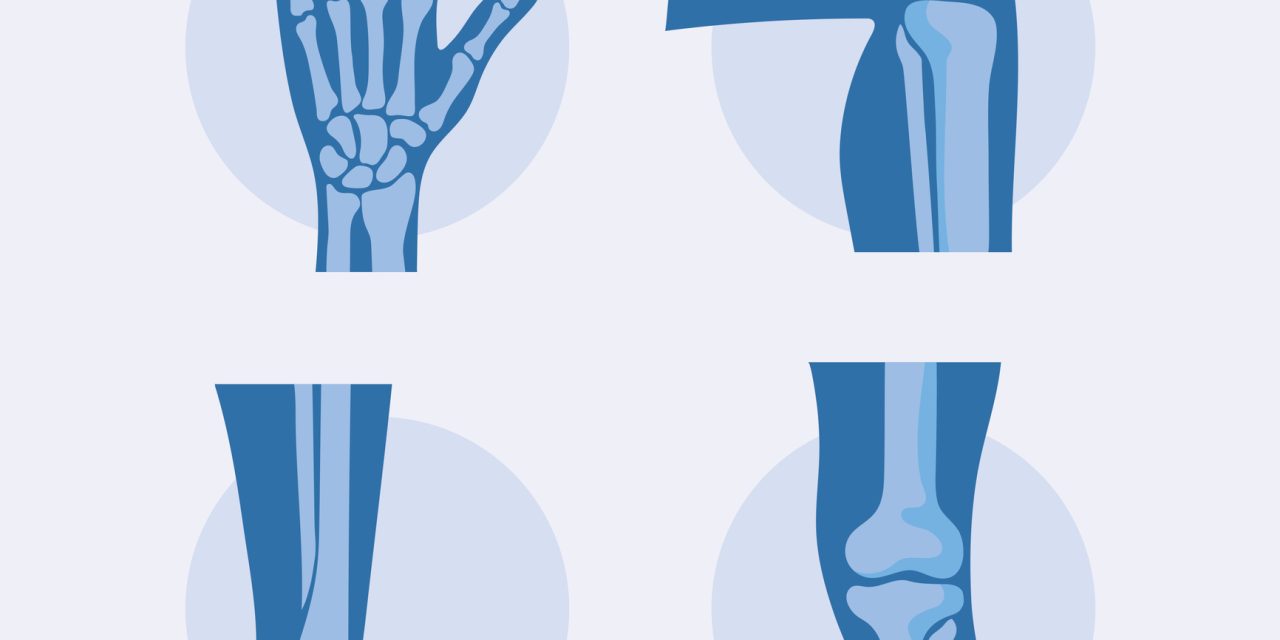Several factors present at the time of posterior cruciate ligament reconstruction (PCLR) may cause the subsequent progression of articular cartilage lesions. This study aimed to evaluate postsurgical articular cartilage lesions which can be seen on MRI in patients who underwent arthroscopic PCLR with or without concomitant meniscal pathology.
A total of sixty-five patients (mean age 35.8 ± 12.3 years) who underwent arthroscopic PCLR were included in this retrospective study. Patients were divided into two groups: ten patients with concomitant meniscal injuries at the time of PCLR who underwent meniscal surgery and fifty-five patients with intact menisci. The cartilage status of all knees was evaluated by MRI and modified Noyes classification.
Cartilage lesions were observed in 18 patients (27.7%) on the last follow-up MRI. The cartilage lesions were more common in the medial (15.4%) and patellofemoral (12.3%) compartments than in the lateral compartment (7.7%). Progression of cartilage lesions was present in 11 patients (16.9%) during follow-up MRI. The majority of cartilage lesions with progression were located in the medial compartment. The meniscal pathology group showed a higher prevalence of articular cartilage lesions on the last follow-up MRI (21.8% versus 60%, p = 0.022). In multivariate Cox regression, concomitant meniscal pathology was significantly associated with progression of articular cartilage lesions (p = 0.044).
PCLR patients with associated meniscal pathology showed worse cartilage condition and more progression of cartilage lesions than isolated PCLR patients. Attention to this risk factor might provide more applicable treatment options for potential osteoarthritis prevention strategies.
Copyright © 2021 Elsevier Inc. All rights reserved.
Postsurgical status of articular cartilage after arthroscopic posterior cruciate ligament reconstruction in patients with or without concomitant meniscal pathology.


